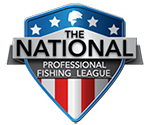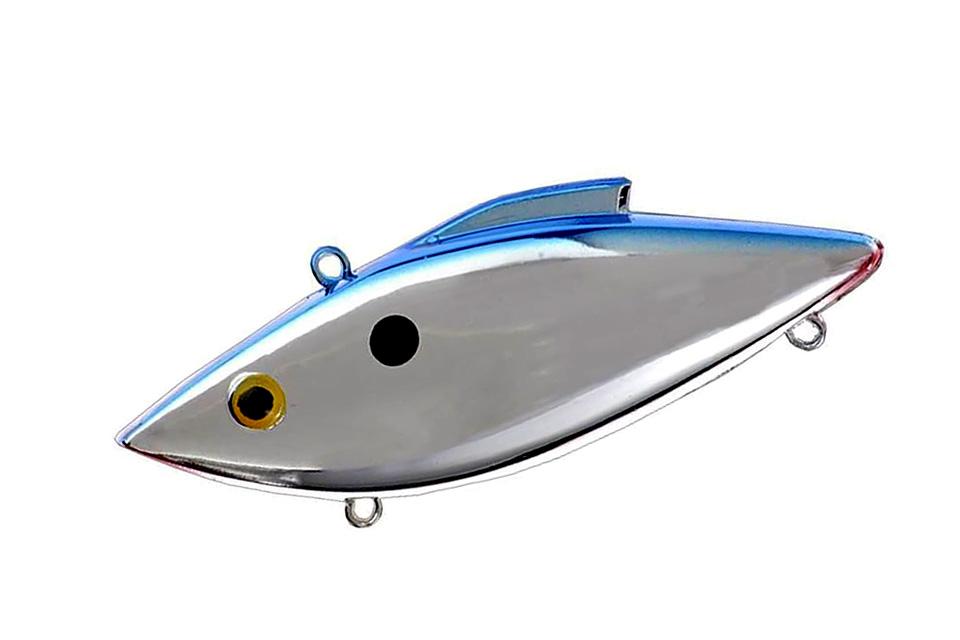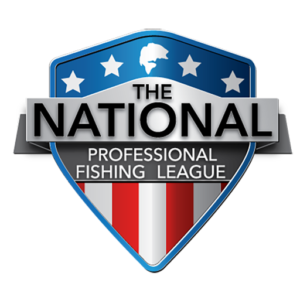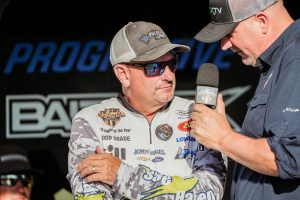Featuring Richard Cooper
Hometown: Clayton, North Carolina
Technique: Lipless crankbaits in summer to fall transition
History: I’ve caught a lot of bass on reservoirs in the transition period between summer and fall by fishing the backs of creeks and cuts with a lipless crankbait. It’s a pattern that a lot of anglers overlook, but I think it’s a pattern that’s exploitable during much of the year if you’re open to it. It’s just that it’s at its best in September and October.
Highlights: I’ve won several tournaments on Buggs Island Reservoir (a.k.a. Lake Kerr) on the North Carolina-Virginia border and done well in many events using this pattern.
When: Lipless crankbaits on shallow flats in the backs of cuts and creeks are probably most effective in the early fall — September and October, when the water temperature is 65 to 75 degrees — especially on flood control reservoirs where water levels are falling. This condenses the fish and helps make them a little more predictable.
Where: I look for the backs of cuts and creeks where they flatten out to about 1 to 4 feet of water. It’s easier to see the bait once the sun gets up.
Lures: My favorite lure for this pattern is the 1/4-ounce Bill Lewis Rat-L-Trap in Chrome Blue Back (25B) and Gold Black Back (26). I like chrome when it’s sunny and gold when it’s cloudy.
Mods: The 1/4-ounce Rat-L-Trap comes with small hooks (#6) and when bass are just swiping at the bait, they often miss. I replace the stock hooks with Gamakatsu Aaron Martens finesse trebles in size #4 (front) and #5 (rear). These hooks are lightweight and don’t adversely affect the way the bait runs like a heavier hook will.
Line: 12-pound-test fluorocarbon
Rod: 7-foot medium-moderate Jenko Fishing DCVR Gambler Series casting rod (G70CMM) to make long casts and cover water.
Reel: KastKing MG12 (7.5:1 gear ratio)
Other: Bajío sunglasses (Green Mirror) help me see underwater cover better.
Basics: Cuts and creeks with a feeder or ditch coming into them are best for this pattern. The baitfish — shad — will overnight in the ditch and come out once the sun is up. Having some cover in the area like rocks or stumps helps, too. The sunshine will bring the bait up in the water column so you can see it easier. I look for bait moving or bass busting the surface, but the bass may be there even without these visual cues. They’re often traveling in wolfpacks to feed at this time. This is a great pattern for catching numbers, but you can cull through a lot of small fish to put together a nice limit for a tournament, too. I’ll start with a fast retrieve that keeps the bait near the surface, but bigger bass often want the Trap a little deeper or nearer the ditch. They’re less likely to leave the safety of the ditch than smaller bass. Also, this pattern does not require wind to be effective. Most of my best days have been slick calm.
Advanced: You may need to slow down to catch the better quality fish on this pattern. I often yo-yo the bait and find it reduces my numbers but can increase the average size of the bass I catch and how well they take the bait. I’ll also change up retrieve cadences or rotate through some other colors to fire up the fish after I’ve caught a few on one color or on one retrieve.





